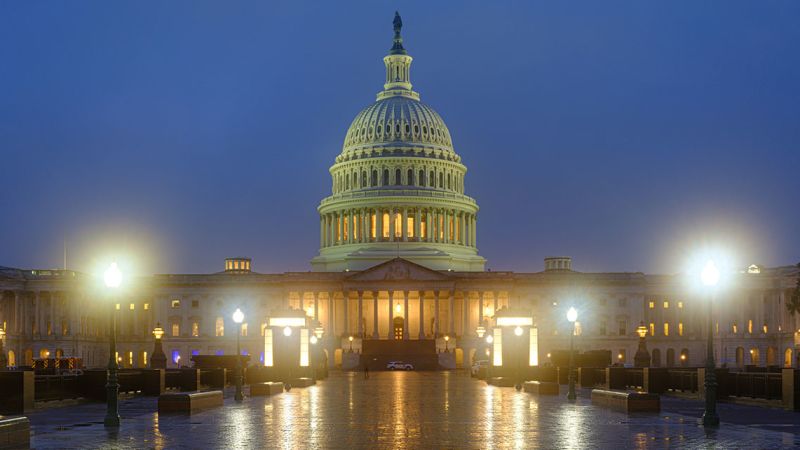
The 2026 midterm elections present a significant opportunity for the Democratic Party, yet challenges loom that could undermine their potential success. Historically, midterm elections favor the party not in the White House, and with President Donald Trump‘s low approval ratings, Democrats might expect a favorable outcome. Recent data from Gallup indicates that Trump holds the lowest early-term approval ratings since John F. Kennedy, particularly among independent voters, further suggesting a ripe environment for Democrats.
Despite this, the party faces a critical dilemma regarding its public perception. A recent Wall Street Journal poll reveals that 63% of registered voters view the Democratic Party unfavorably, marking their lowest ratings in over three decades. Only 33% of respondents expressed a favorable opinion. This sentiment was echoed by a similar poll from Quinnipiac University, as well as a CNN survey indicating that Americans view Democrats less favorably than at any time since 1992.
Many Democrats may interpret these statistics as inconsequential, arguing that midterms serve as referendums on the sitting president. However, this perspective may overlook a crucial aspect: the extent to which voters perceive Democrats as a viable alternative to Trumpism. Even though the Wall Street Journal poll shows Democrats leading Republicans by a narrow 3-point margin on the generic ballot, there remains a significant concern regarding how voters view party competency on key issues.
Polling data indicates that Democrats excel in handling health-related matters, such as health care and vaccine policy. However, they lag significantly behind Republicans on critical issues like the economy, inflation, and immigration. For instance, Republicans lead by a notable 12 points on economic management and by 17 points on immigration. This stark contrast suggests that while Trump may struggle with his approval ratings, voters still prefer Republican congressional representatives over their Democratic counterparts.
The Wall Street Journal findings further illustrate the issue. Voters favored Republicans over Democrats on five out of ten key issues, with Republicans holding substantial leads in areas that are vital to the electorate. This trend is not isolated; a Reuters-Ipsos poll from April showed Republicans leading on most major issues, including a 17-point advantage on immigration and a 7-point edge on the economy.
The implications of these findings are significant for the Democratic Party as they prepare for the upcoming elections. Despite Trump’s challenges, the perception that Democrats do not offer a superior alternative could hinder their efforts to capitalize on his unpopularity. G. Elliott Morris and Mary Radcliffe recently highlighted that relative party images often serve as reliable indicators of electoral outcomes.
As the 2026 midterm elections approach, Democrats must critically assess why their lead in the generic ballot remains so slender, particularly in light of Trump’s vulnerabilities. The challenge lies not only in mobilizing their base but also in reshaping their public image to ensure they can effectively compete against Republican candidates. The opportunity exists, but it requires strategic action to transform current perceptions into electoral success.






